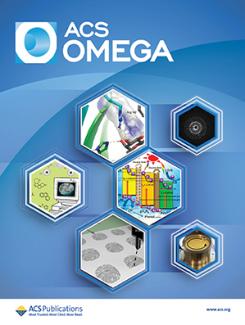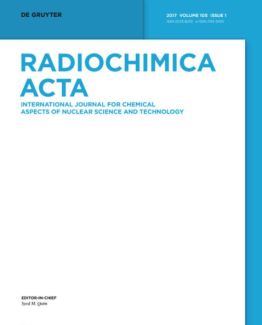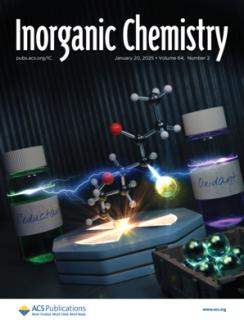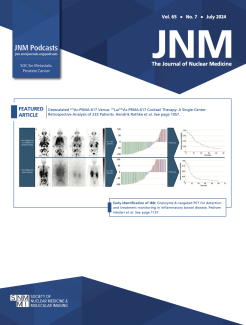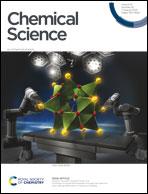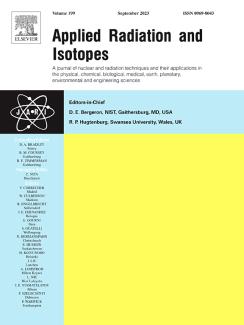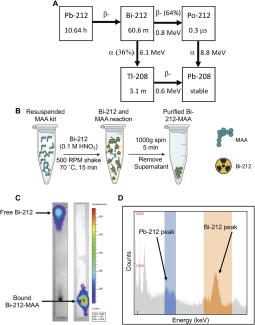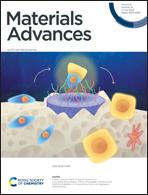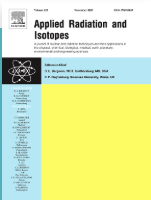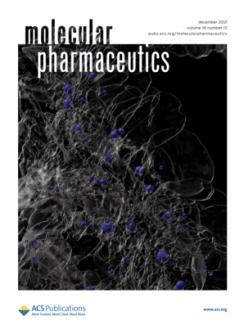Abstract
Lu-177-based, targeted radiotherapeutics/endoradiotherapies are an emerging clinical tool for the management of various cancers. The chelator 1,4,7,10-tetraazacyclododecane-1,4,7,10-tetraacetic acid (DOTA) remains the workhorse for such applications but can limit apparent molar activity or efficient charge modulation, which can impact target binding and, as a consequence, target efficacy. Previously, our lab had developed the small, rare earth selective bifunctional chelator, picaga, as an efficient bifunctional chelator for scandium and lutetium isotopes. Here, we assess the performance of these constructs for therapy in prostate-specific membrane antigen (PSMA)-expressing tumor xenografts. To assess the viability of picaga conjugates in conjunction with long in vivo circulation, a picaga conjugate functionalized with a serum albumin binding moiety, 177Lu-picaga-Alb53-PSMA, was also synthesized. A directly comparative, low, single 3.7 MBq dose treatment study with Lu-PSMA-617 was conducted. Treatment with 177Lu-picaga-Alb53-PSMA resulted in tumor regression and lengthened median survival (54 days) when compared with the vehicle (16 days), 47Sc-picaga-DUPA-, 177Lu-picaga-DUPA-, and 177Lu-PSMA-617-treated cohorts (21, 23, and 21 days, respectively).


